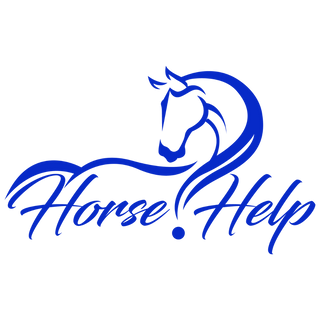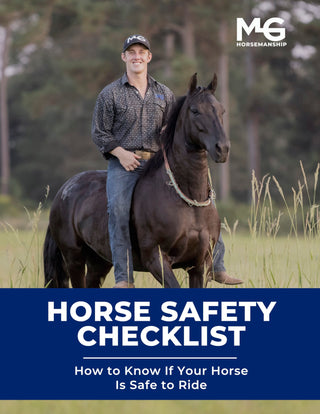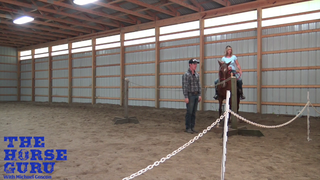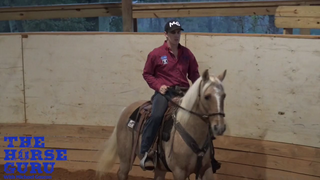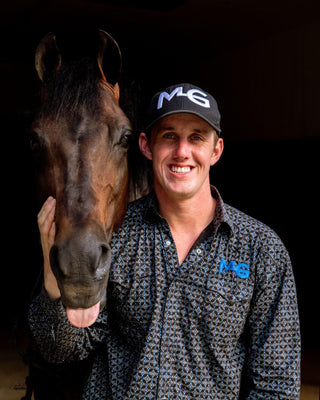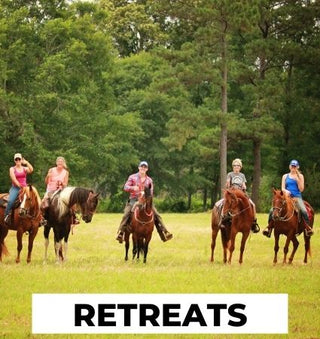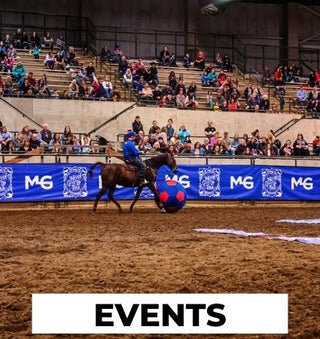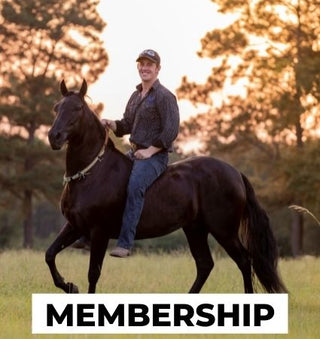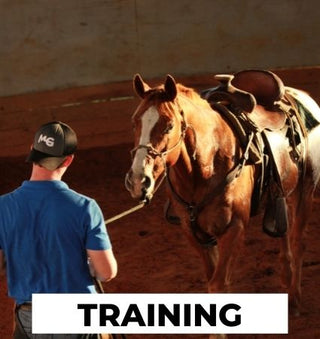Watch the Video Here or continue reading below!
When a horse “fails” first grade, it’s not the end of the road — it’s just a sign that you need to adjust your approach. In this training session, Michael Gascon works with Smokey, a stiff and resistant horse who isn’t responding to the traditional method of gaining undivided attention through bending. Instead of getting frustrated, Michael demonstrates how flexibility in your methods can lead to major breakthroughs.
If your horse struggles with bending, softness, or moving out correctly on the lunge, this post is for you.
Step 1: Recognizing Resistance in Your Horse
At the start of training, Michael notices that when he tries to bend Smokey’s head, the horse’s tail moves but his feet remain locked. This is a telltale sign of mental and physical stiffness. Instead of a fluid response, Smokey braces and resists.
🧠 Key Insight: A lack of forward movement or soft bending means the horse is either confused, physically tight, or mentally checked out.
Step 2: Flexible Goals, Flexible Methods
Michael reminds us of a core philosophy:
Be dead set on your goals, but flexible in your approach.
If one method of getting your horse’s attention isn’t working, it's time to shift tactics. With Smokey, that meant finding a new way to achieve the same goal—softness and attention.
Step 3: Using the D-Ring and Stirrup Leather for Control
To help Smokey understand how to bend and move at the same time, Michael uses a combination of hand placements:
-
Rear hand: holds the back D-ring of the saddle
-
Lead hand: holds the lead rope and encourages the horse’s head to turn toward the stirrup leather
This setup helps maintain control of the horse’s head while also guiding the movement of his body.
🛠️ Training Tip: If the horse starts pivoting in place (disengaging the hind), apply light backward pressure on the D-ring to activate forward motion.
Step 4: Encouraging Forward Movement
Smokey initially spins or pivots instead of walking out in a circle. Michael applies a subtle pull on the D-ring, which helps engage the hindquarters and get Smokey moving forward.
Once Smokey takes that step, the pressure is released — reinforcing the right behavior.
🔁 Repeat Until Fluent: The exercise is repeated on both sides until the horse begins to walk a balanced, forward-moving circle without needing much pressure.
Step 5: Building Softness and Suppleness
As Smokey learns to walk forward with a soft bend, Michael points out the connection to gait training:
“Pacing is a straight line like a two-two train. But if we can get him bending, soft, and supple, that will help break up that pace and create better gait.”
The ability to move feet and flex at the same time is key for gaited horses, especially those stuck in a pace.
Step 6: Weaning Off Pressure and Gaining Independence
As training progresses, Michael weans Smokey off the need for physical pressure by using:
-
Subtle leg cues (like bumping with his knee or foot)
-
Body language to encourage forward motion
-
Praise and release as reward for the correct response
Smokey starts thinking through the cues on his own — dropping his head and processing the information. That’s when the real progress starts to show.
Step 7: The Secret to Training Success
Michael’s final message is clear:
There’s no one-size-fits-all method.
“For every step you want the horse to do, you should have half a dozen ways to get them to do it.”
This flexibility is what allows Michael to successfully train horses from many different breeds and backgrounds.
Final Thoughts: Smokey’s Breakthrough
By the end of the session, Smokey becomes more fluent in bending and moving forward, gaining softness and confidence. It’s not just about completing first grade — it’s about finding the teaching method that makes sense to your horse.
